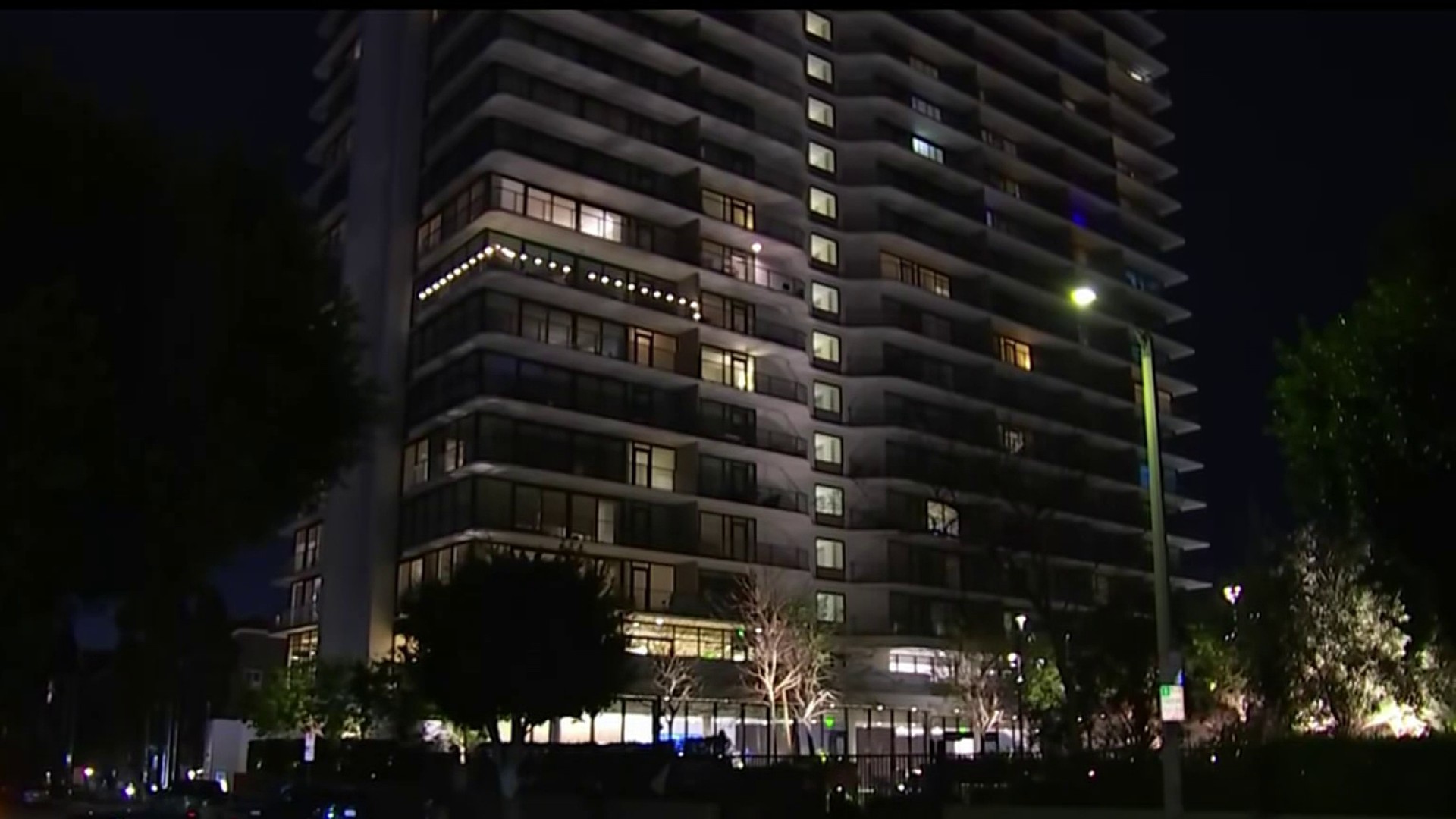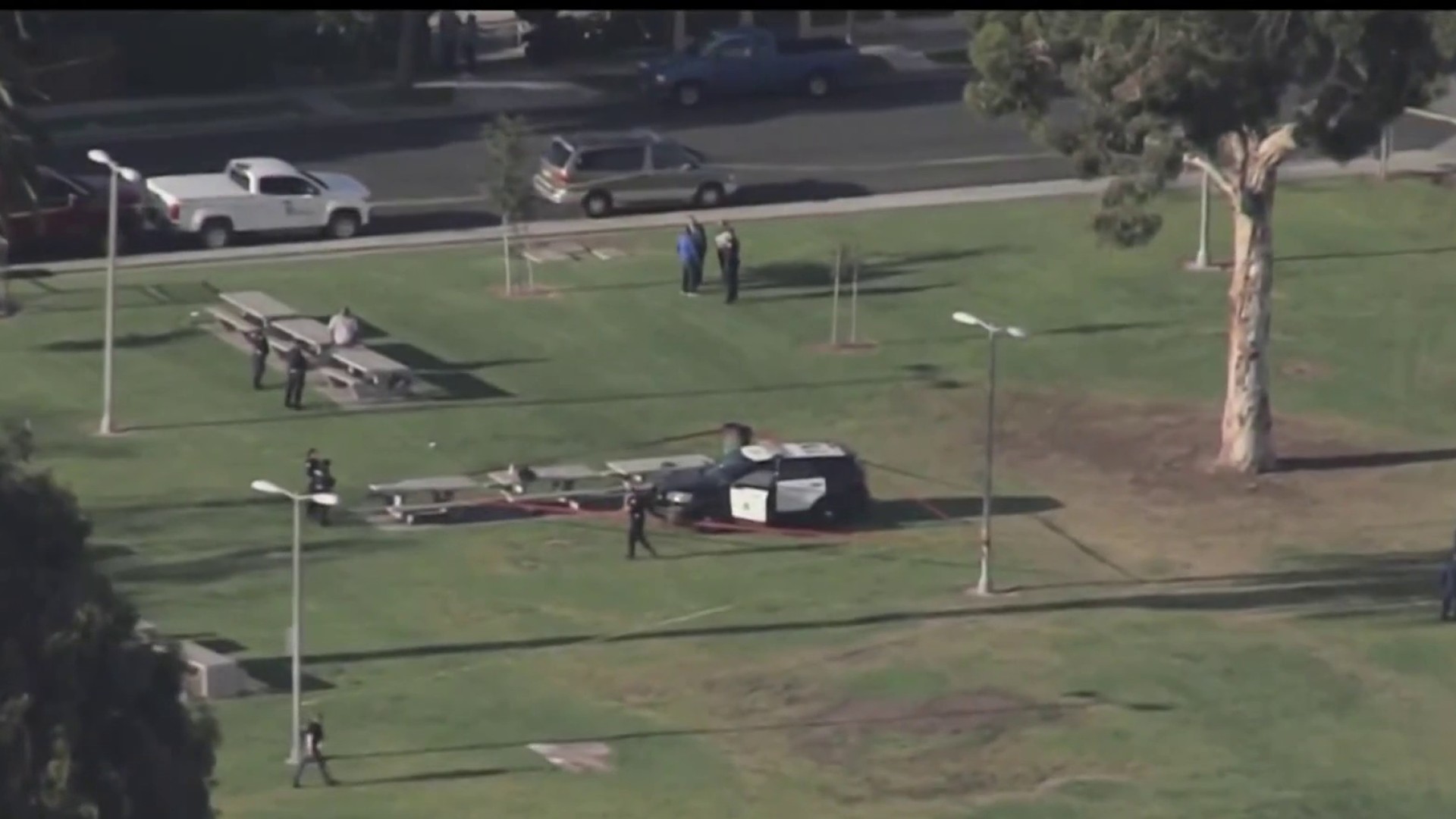Monica Mocaer remembers losing her home and almost her father.
"My dad was screaming, 'I'm on fire. I'm on fire,'" she said. "And I hugged him and his skin came off in my arms."
Jack Mocaer, 53, has spent weeks in the Intensive Care Unit at the Grossman Burn Center after 60 percent of his body was burned in the fire, sparked in the early morning of Jan.12.
The Mocaers called 911 and waited.
"I just stood there watching it get worse and worse," Monica said.
The closest fire station, 105, is barely two miles from the Mocaer’s home. But that morning, the station was empty -- one of its two companies eliminated by budget cuts. The one remaining was already out on another emergency call.
"The company that should have been in that district would have gotten there in four minutes," said LAFD Captain John Rojas.
Local
Get Los Angeles's latest local news on crime, entertainment, weather, schools, COVID, cost of living and more. Here's your go-to source for today's LA news.
But the incident report showed Captain Rojas and the team from Station 106 arrived on scene in nine minutes.
"Could we have made a difference?" Rojas said. "We’ll never know."
The goal of any fire department is to respond to an emergency in five minutes or less, 90 percent of the time, according to the National Fire Protection Association.
Why five minutes?
"In EMS, you are talking about clinical death after five minutes," said former LAFD Commissioner Tom Curry. "On structure fires, now you have roof collapse. And in brush fires, the first five minutes is more important than the next five hours."
The city of L.A.’s pressing financial needs have meant a new deployment plan for the LAFD. Four ambulances and 18 fire companies are now shut down for good, including the Mocaers’ local engine company 105.
"The fire chief people came over and told us it took way too long and gave us his apology," Monica said.
Even before the new deployment plan took effect last July, the department was meeting the five minute goal only 63 percent of the time, according to documents obtained by NBC 4.
Since then, the goal is slipping farther away. Five-minute response time is now less than 60 percent.
Instead of the five minute goal, records show the LAFD responds on average in seven minutes and 24 seconds, 90 percent of the time.
"That means somewhere in the array, if you look closely enough, there are ten and twelve minute responses, which is unacceptable," Curry said.
Between July and November 2011, the longest response time happened on Sept. 20, when first responders arrived to South Hillcrest Drive in a little over 44 minutes, according to documents.
L.A. firefighters may be called to an emergency and now have no choice but to leave their backyard unprotected.
"Ever since the deployment, I am not only fearing for the people who work for me," Rojas said. "I am fearing for the people of Los Angeles."
As for Jack Mocaear, he’s facing months of rehabilitation while his family wonders just how much those few minutes would have mattered.
Follow NBCLA for the latest LA news, events and entertainment: Twitter: @NBCLA // Facebook: NBCLA



